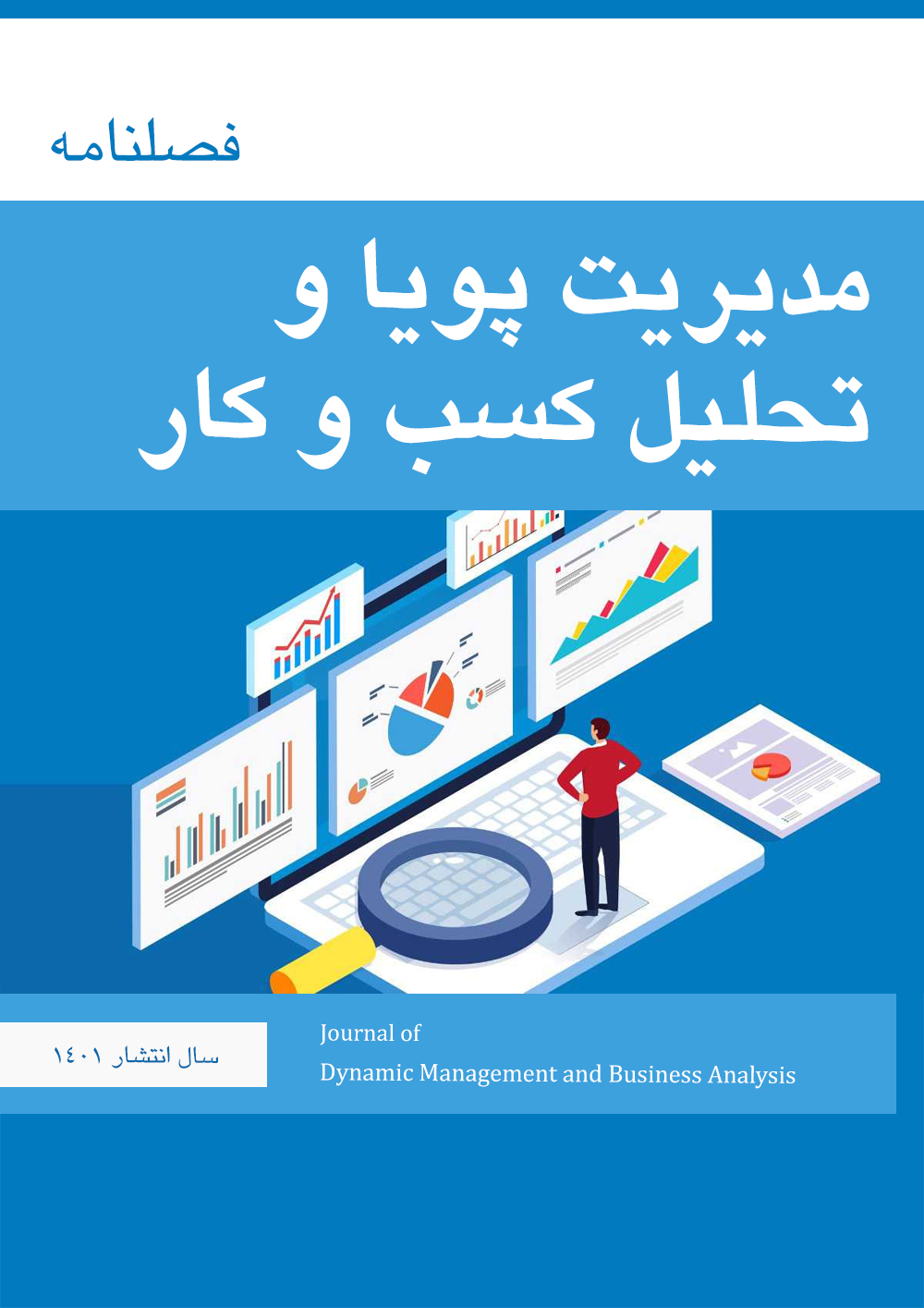طراحی مدل کیفی نظام نوآوری مأموریت محور (MIS) در راستای تکمیل زنجیره ارزش صنایع آهن و فولاد در شرکت بینالمللی توسعه صنایع و معادن غدیر
کلمات کلیدی:
نظام نوآوری مأموریت محور, زنجیره ارزش, صنایع آهن و فولاد, شرکت غدیرچکیده
هدف تحقیق حاضر طراحی مدل کیفی نظام نوآوری مأموریت محور در راستای تکمیل زنجیره ارزش صنایع آهن و فولاد غدیر است. جامعه هدف تحقیق حاضر، شامل مدیران شرکت بینالمللی توسعه صنایع و معادن غدیر و شرکتهای زیرمجموعه و همچنین اساتید دانشگاهی که در زمینه نظام نوآوری پژوهش هایی را انجام داده اند، بود. روش انتخاب نمونه آماری، روش نمونه گیری گلولهبرفی بود. به همین جهت ۱۵ خبره تا رسیدن به اشباع با روش نمونه گیری گلولهبرفی، انتخاب شد. در این تحقیق بهمنظور جمعآوری دادهها و اطلاعات برای تجزیهوتحلیل از روش مصاحبه باز بدون ساختار استفاده شد. این پژوهش بهصورت کیفی و با استفاده از فن داده بنیاد با رویکرد استراوس و کوربین (1998) و با کمک نرمافزار مکس کیودا انجام شده است. یافتههای تحقیق حاکی از این بود که عوامل علی نوآوری مأموریت محور شامل شاخص های سیستماتیک نظام نوآوری مأموریت محور، ویژگیهای مأموریتها؛ مقوله محوری شامل فرایند نوآوری مأموریت محور؛ بسترهای نوآوری مأموریت محور شامل ایجاد فرصتهای نوآوری مأموریت محور، توسعه زیرساختهای صنعت فولاد، بسترهای لازم جهت یادگیری گروهی؛ عوامل مداخله گر نوآوری مأموریت محور شامل ضعف برنامه ریزی و تدوین سیاستها، موانع فناورانه، چالشهای پژوهشی؛ راهبردهای نوآوری مأموریت محور شامل پرورش منابع انسانی، تدوین سیاستهای مأموریتگرا، ارتقای سیاستهای فناورانه، توسعه زیستبوم نوآوری؛ پیامدهای نوآوری مأموریت محور شامل توسعه و بهبود فرایندهای تولید، کاهش اثرات زیستمحیطی، رشد سرمایه محور، تحولآفرینی در کل زنجیره ارزش است.






